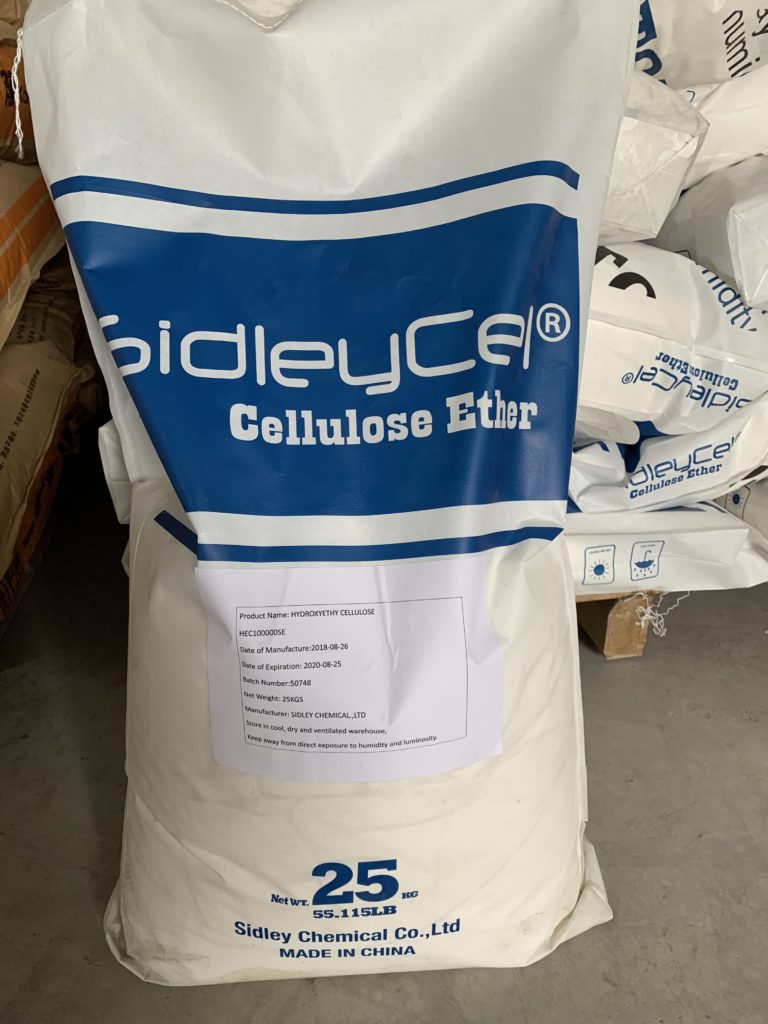In dry mixed mortar products, due to the addition of cellulose ether(HPMC/ Hydroxypropyl Methylcellulose), a certain amount of small, uniform and stable air bubbles will be introduced into the fresh plastering mortar. Due to the bubble ball effect, the mortar has good construction properties- reduce the shrinkage of mortar and crack and improve the output rate of mortar.
Depending on the strength and consistency of the mixing process, the addition of cellulose ether into the mortar can introduce a stable amount of about 20% (volume fraction) of the air, which is necessary for the stability of the cement-based insulating plastering mortar bubbles
In the actual application process, the air content in mortar can be indirectly measured by measuring the density of wet mortar. With the increasing of cellulose ether content in mortar, the air content increases, and the density of wet mortar decreases.
Cellulose ether has a retarding effect on the hydration of cement-based mortar, and yet this effect will be strengthened with the increase of cellulose ether. The factors which influence the hydration of cement are: addition amount of cellulose ether, degree of etherification and type of cement.
- The influence of cellulose ether on hydration time of mineral adhesives was analyzed by tracking the change of hydration heat. The addition of cellulose ether can delay the hydration of cement- the higher the content, the greater the impact.
- The effect of the degree of etherification of cellulose ether on the hydration of cement can be measured by ultrasonic method. In the initial hours and 3d range, it is very effective to analyze the development of the hydration process by ultrasonic method. The higher the degree of etherification of cellulose ether, the greater the influence on cement hydration.
- The cement type has the influence on the hydration too. The test is based on the cement base ceramic tile adhesive, which contains 40 percent cement and 0.5 percent Tylose MC, and water 25 percent. It shows that the hydration time of CEMI (Portland cement) cement is early and the strength increases rapidly. CEMIII- the (blast furnace cement) cement is slower than the CEII (Portland composite cement) cement during the hydration process.

